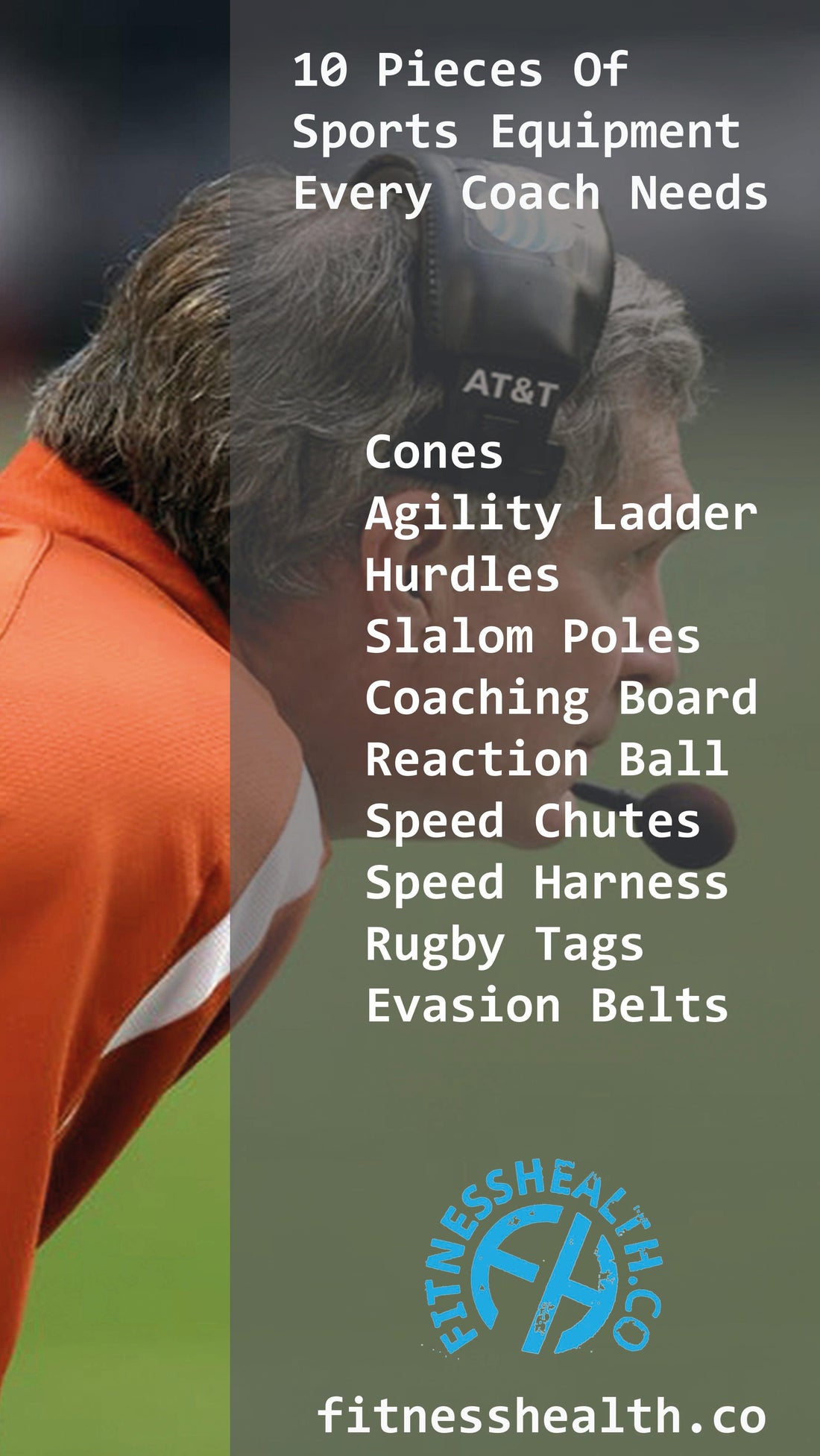Every coach searches for the best equipment to teach their students and bring out the best in them. Preparation is the key to success for every coach no matter what sports he/she excels in. But the question arises, what are the best equipment that every coach needs to help bring out the best side of their student.
Well, keep on reading to find out.
Sports Equipment Every Coach Needs
- Cones
Cones go without saying; they are the most important equipment for a coach. You can get twenty small three-inch weighted cones to help mark boundaries. These cones also help to designate imaginary lines and players during practice. However, avoid investing in flat and light hollow cones since they are hard to see and can get easily blown away in the wind.
This is another essential equipment needed to train athletes and provide them with proper lateral movement formation. With this equipment, coaches can teach their students the ability to adapt to faster footwork patterns. This will also help them prepare for all aspects of lateral speed.
- Slalom Poles
These tools are best for improving the overall performance, agility, speed, power and more. These poles help in providing great flexibility for adjustments and are ideal for all levels of personal training and workouts. These poles can fit on any field or turf and can be used to strengthen athletes.
- Agility Ladder
An agility ladder is a cheap piece of exercise equipment that you can roll out and place on any kind of flat surface. This agility training helps in increasing your overall balance, manage and control flexibility, allow your body to maintain the proper alignment and the right posture during movement. Moreover, this training helps in allowing your body to learn the perfect placement of your body and protect your sensitive areas such as knees, lower back, and shoulders.
This board is incredibly important for the training of young athletes and students. It helps in communicating with the students’ valuable tactical information that they must know including placement and attack positions. Moreover, using this board is used to diagram and create tactical movements that can be defensive, offensive, about your team or the opposing team as well.
- Reaction Ball
This is another must-have equipment for coaches. This product helps in improving and perfecting the hand-eye reaction time and coordination of students. You can pass this ball between two athletes or rebound it against a wall during practice.
You can also combine reaction ball and agility cones to help work on your students position awareness and peripheral vision.
Undergoing wind-resistant training using these speed chutes can help in improving the overall muscle resistant of your students. This product allows students to maximize their acceleration and their end speed via over speed training and progressive resistance. This product can produce resistance up to 30 pounds depending on the size of this product; this resistance is similar to resistance produced on a windy day.
Training using a speed harness is the best way to increase the strength, power, and speed of your students. These speed harnesses help in improving the overall performance in the field and provide many benefits such as additional power, faster speed and is a great alternative for expensive training equipment.
This is another novel piece of training equipment that coaches should grab. It helps for general conditioning purposes and training evasive speed.
Rugby Tags or tag rugby belts are a part of rugby training equipment. They are made with heavy duty PVC and come with adjustable looks and hooks to get properly fastened around you. This product is ideal for warm-up games for rugby or touch teams and can even be used for other primary school games.









